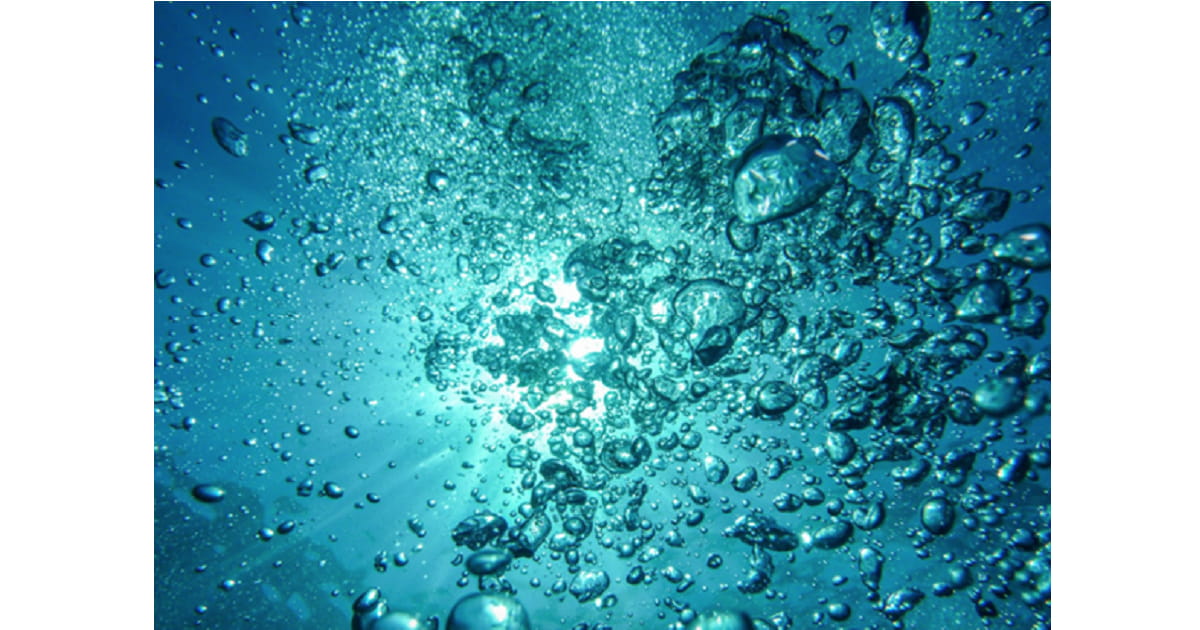Applications of Bubble Dynamics in Ocean Engineering: Theory, Experiment and Simulation
A special issue of Journal of Marine Science and Engineering (ISSN 2077-1312). This special issue belongs to the section "Ocean Engineering".
Deadline for manuscript submissions: 28 February 2026 | Viewed by 7883

Special Issue Editors
Interests: bubble dynamics; underwater explosions; ultrasonic cavitation; ocean engineering
Interests: hydrodynamics; fluid–structure interaction; computational fluid mechanics, environmental fluid mechanics; coastal engineering; ocean engineering
Special Issues, Collections and Topics in MDPI journals
Interests: hydrodynamics; flow control; flow perception; CFD
Special Issues, Collections and Topics in MDPI journals
Special Issue Information
Dear Colleagues,
Bubble dynamics have been focused on since the Renaissance and foreshadowed by Leonardo da Vinci, who observed spiral floating bubbles. Many researchers have paid continuous attention to this topic for centuries. In ocean engineering, bubble dynamics are widely used, such as in marine resource exploration, surface cleaning, and underwater explosions, as well as acoustic detecting, etc. The purpose of this Special Issue is to publish the most exciting research with respect to the above subjects and show state-of-the-art scientific achievements. Research that uses theoretical, experimental or numerical methods to explain new bubble dynamics or the new applications of bubbles, especially in ocean engineering, may fit this Special Issue perfectly.
Dr. Xiao Huang
Prof. Dr. Abdellatif Ouahsine
Dr. Peng Du
Guest Editors
Manuscript Submission Information
Manuscripts should be submitted online at www.mdpi.com by registering and logging in to this website. Once you are registered, click here to go to the submission form. Manuscripts can be submitted until the deadline. All submissions that pass pre-check are peer-reviewed. Accepted papers will be published continuously in the journal (as soon as accepted) and will be listed together on the special issue website. Research articles, review articles as well as short communications are invited. For planned papers, a title and short abstract (about 250 words) can be sent to the Editorial Office for assessment.
Submitted manuscripts should not have been published previously, nor be under consideration for publication elsewhere (except conference proceedings papers). All manuscripts are thoroughly refereed through a single-blind peer-review process. A guide for authors and other relevant information for submission of manuscripts is available on the Instructions for Authors page. Journal of Marine Science and Engineering is an international peer-reviewed open access semimonthly journal published by MDPI.
Please visit the Instructions for Authors page before submitting a manuscript. The Article Processing Charge (APC) for publication in this open access journal is 2600 CHF (Swiss Francs). Submitted papers should be well formatted and use good English. Authors may use MDPI's English editing service prior to publication or during author revisions.
Keywords
- bubble dynamics
- cavitation
- ultrasonic bubbles
- ultra-fine bubbles
- air-gun bubbles
- underwater explosion bubbles
- bubbly flow
Benefits of Publishing in a Special Issue
- Ease of navigation: Grouping papers by topic helps scholars navigate broad scope journals more efficiently.
- Greater discoverability: Special Issues support the reach and impact of scientific research. Articles in Special Issues are more discoverable and cited more frequently.
- Expansion of research network: Special Issues facilitate connections among authors, fostering scientific collaborations.
- External promotion: Articles in Special Issues are often promoted through the journal's social media, increasing their visibility.
- Reprint: MDPI Books provides the opportunity to republish successful Special Issues in book format, both online and in print.
Further information on MDPI's Special Issue policies can be found here.







